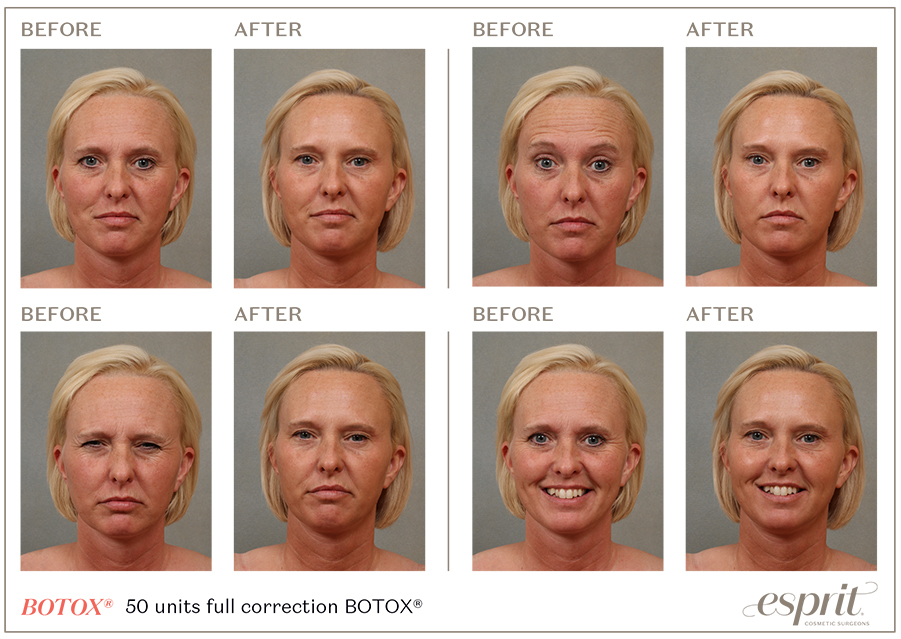What botox will do to your expression paralyze

What Botox Will Do to Your Expression: Paralyze

Botox, a neurotoxin derived from the bacterium Clostridium botulinum, has gained immense popularity in recent years. It is widely known for its ability to reduce the appearance of wrinkles and fine lines, providing a more youthful and refreshed look. However, it is important to understand that Botox works by temporarily paralyzing the muscles, which can have implications on one’s facial expressions.
When Botox is injected, it targets specific muscles that are responsible for causing wrinkles and lines on the face. By blocking the nerve signals to these muscles, Botox prevents them from contracting and thus reduces their activity. As a result, the skin appears smoother and the wrinkles become less noticeable. This temporary paralysis is the reason behind Botox’s effectiveness as a cosmetic treatment.
However, it is essential to recognize that Botox can affect facial expressions beyond just reducing wrinkles. The muscles that are treated with Botox play a significant role in our ability to express ourselves through our facial movements. While the treatment can smoothen wrinkles, it can also limit the natural movement and range of expressions in the treated areas.

For example, if Botox is injected around the eyes to diminish crow’s feet, the ability to fully squint or raise the eyebrows may be restricted. Similarly, injecting Botox into the muscles responsible for frown lines between the eyebrows can limit the ability to furrow the brow or show anger or worry. These temporary changes in facial expressions need to be considered before opting for Botox treatment.
It is worth noting that skilled and experienced practitioners can ensure a more natural and desirable outcome by carefully administering Botox injections. They can strategically target specific muscles while preserving the overall harmony and balance of facial expressions. Many individuals opt for this treatment as a way to enhance their appearance while still maintaining a natural and expressive look.
In conclusion, while Botox can effectively reduce the appearance of wrinkles, it is important to understand the impact it can have on facial expressions. The temporary paralysis of muscles can restrict certain movements and limit one’s ability to fully express themselves through facial expressions. Skillful administration by experienced practitioners is crucial to achieve optimal results while preserving natural facial dynamics.
Source: Esprit Cosmetic Surgeons
Note: The above article is for informational purposes only and should not be considered as medical advice. Please consult a qualified professional for personalized guidance.
Tags
Share
Related Posts
Quick Links
Legal Stuff

